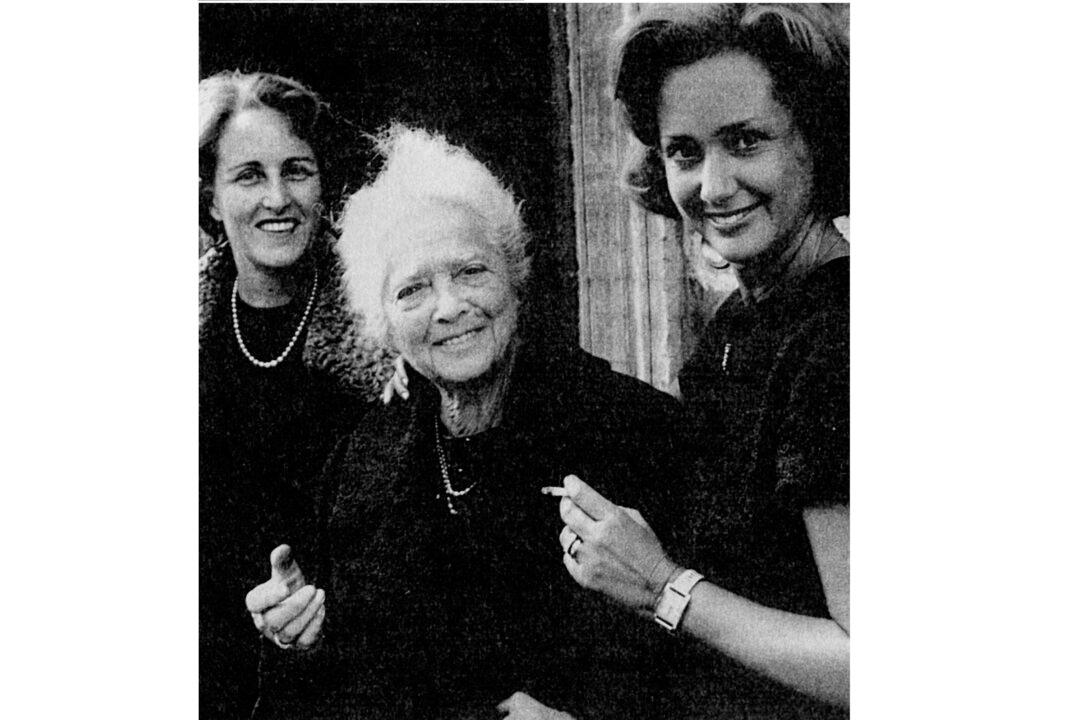Summer isn’t officially over until I make a few trays of eggplant parmigiana to freeze for the colder months. The rich, cheesy layers are a joy to eat warm, even in the hot summer months. But nothing beats the utter pleasure of biting into a thick, piping hot, intensely savory slice of it on a cold winter day. It instantly brightens up your mood with the warmth of the Mediterranean summer sun.
Incidentally, eggplant parmigiana is also the dish I would choose as my last meal—the most comforting food, imbued with memories, tradition, and a vibrant Mediterranean feel.





